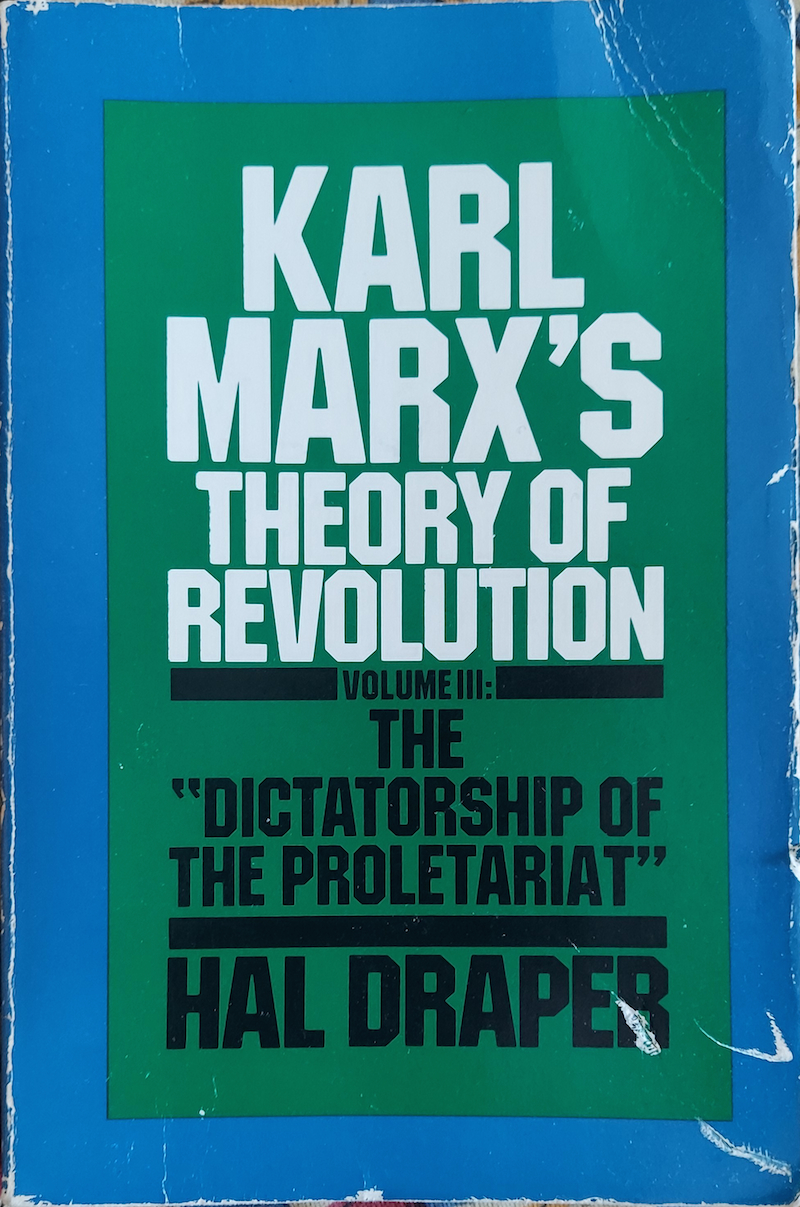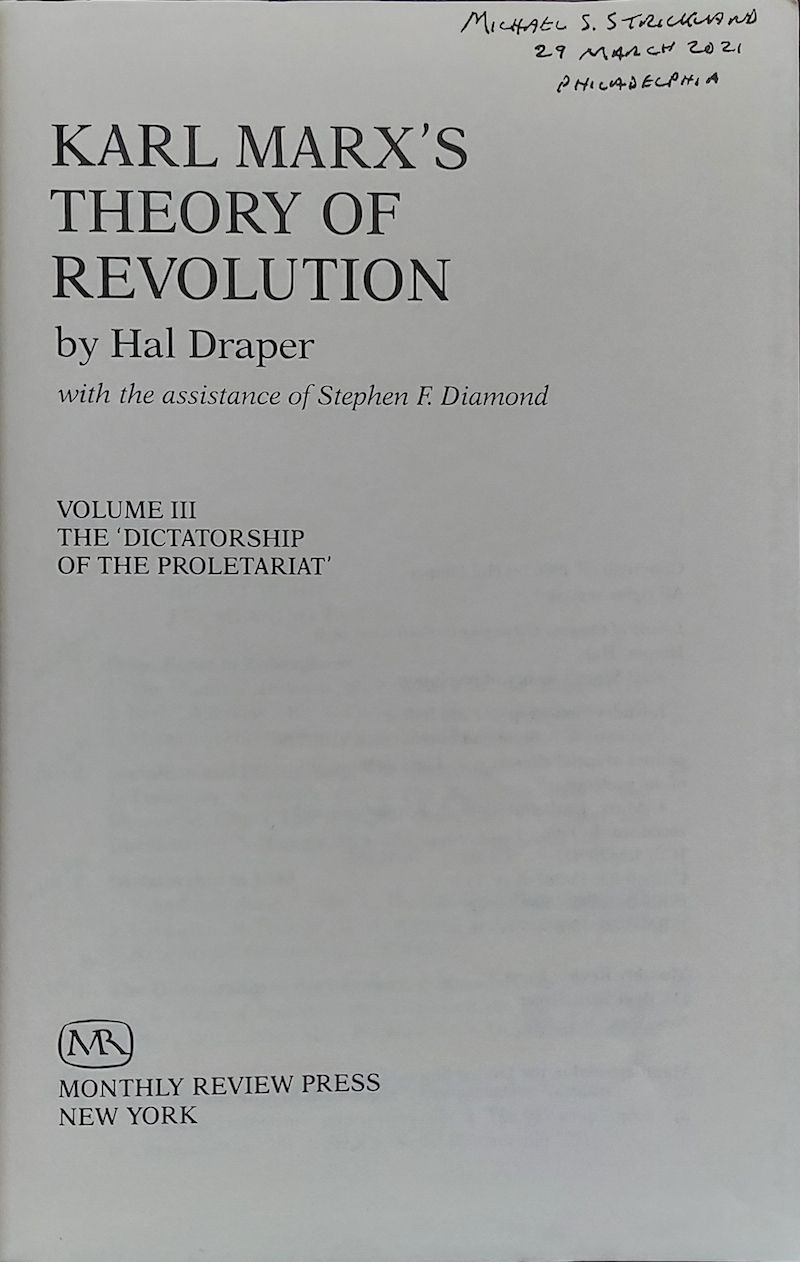
« Here we have Bakunin’s main new twist on the theory of dictatorship: the scheme for a leadership of Invisible Dictators, here worked out only in embryo. The top linkage would be made by a secret committee of Bakunin plus two or four others. Comes the revolution, this Apparat would not be disbanded but would expand to fill the “positions in the revolutionary hierarchy.” Bakunin himself would begin by being its “secret leader”: “all the main threads of the movement would have been concentrated in my hands...”
« The roots of this conception in Jacobin-communist conspiratorialism are evident; but it is on the way to becoming a mephitic thing of its own brand » (p. 57).
« What many people do not understand about anarchism is that it denounces the most ideally democratic forms of decision-making as “authoritarian” and evil; for the will of the sovereign individual must not bow before any outside demand. What then do you do when people disagree, in any organized society where individuals have to live in concert? Anarchism has no answer. In words, it rejects both despotism and democracy as “authoritarian,” and gropes for a third alternative. But none is found: only elocution about Freedom. The real choice before real anarchists has been this: the safety of highminded but impotent and meaningless rhetoric, or else resort to special forms of elitist despotism alleged to be antistatist in some way. This is Kropotkin vs. Bakunin. Bakunin inaugurated anarchism as a movement on the basis of the second type of solution » (pp. 93–94).
« But Macauley inter alia, we saw, had no doubt about the answer, which was simple enough: the class rule of the proletariat would be expressed through control of the “sovereign body of the state” by a majority of the people’s representatives under universal suffrage. Or, to generalize: proletarian class rule would be expressed through the democratic institutions of a government which is set up to maximize control from below. (In contrast, bourgeois democracy is set up, through the forms of universal suffrage and parliamentarism, to keep control from below to a minimum.) Macauley, it turns out, was in complete agreement with what Engels wrote in his draft of the Communist Manifesto: a “democratic constitution” meant “directly or indirectly, the political rule of the proletariat” — directly in England because there the proletariat formed a majority of the people » (pp. 115–116).
« The Communist Manifesto, off the press as the revolution was getting under way, had nothing directly to say about putschism — or about any other problems of revolutionary tactics; even the references to forceful revolution were incidental. Still, there were three passages relevant to the subject. The preamble repudiated conspiratorial organization, for one thing. Near the end of Section I, there was the well-known statement that “The proletarian movement is the independent movement of the immense majority, in the interest of the immense majority.” And Section III assumed that the proletarian goal could not be attained in an undeveloped state of the proletariat,” in “the absence of the material conditions for its emancipation, which are indeed only the product of the bourgeois epoch” » (pp. 150–151).

« All through Marx’s review the emphasis is on the basic distinction: between revolution on the one hand and a putsch (coup de main, émeute) on the other. Chenu’s book, it says, “demonstrates that a real revolution is just the opposite of the notions held by the mouchard [police spy], who, in agreement with the ‘men of action,’ sees in every revolution the work of a small coterie.” But “all movements provoked more or less arbitrarily by coteries remained mere émeutes [riotous outbreaks].” Tracing the growing predominance of working-class elements in the conspiratorial societies after 1830, Marx wrote: “These conspiracies naturally never embraced the great mass of the Paris proletariat. They were limited to a relatively small and continually fluctuating number of members, consisting partly of old, unchanging conspirators handed down by every secret society to its successor, partly of newly recruited workers.”
« In a striking passage Marx describes the “class” or stratum of professional conspirators as a part of the lumpen-bohème of society; the “sinister conspirator” is shown as a pub-crawling boozer.” (I have cited this passage elsewhere.) » (pp. 161–162).